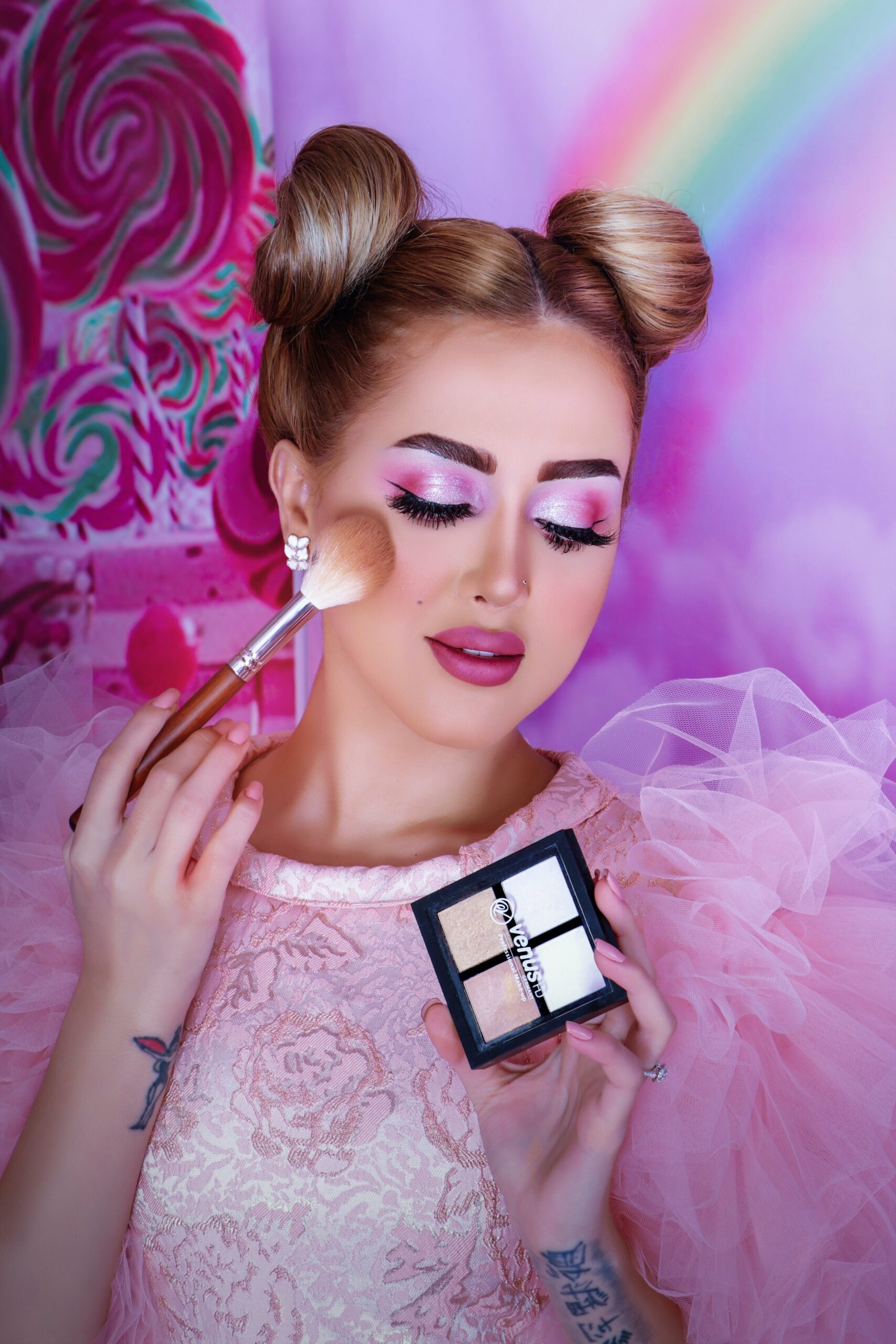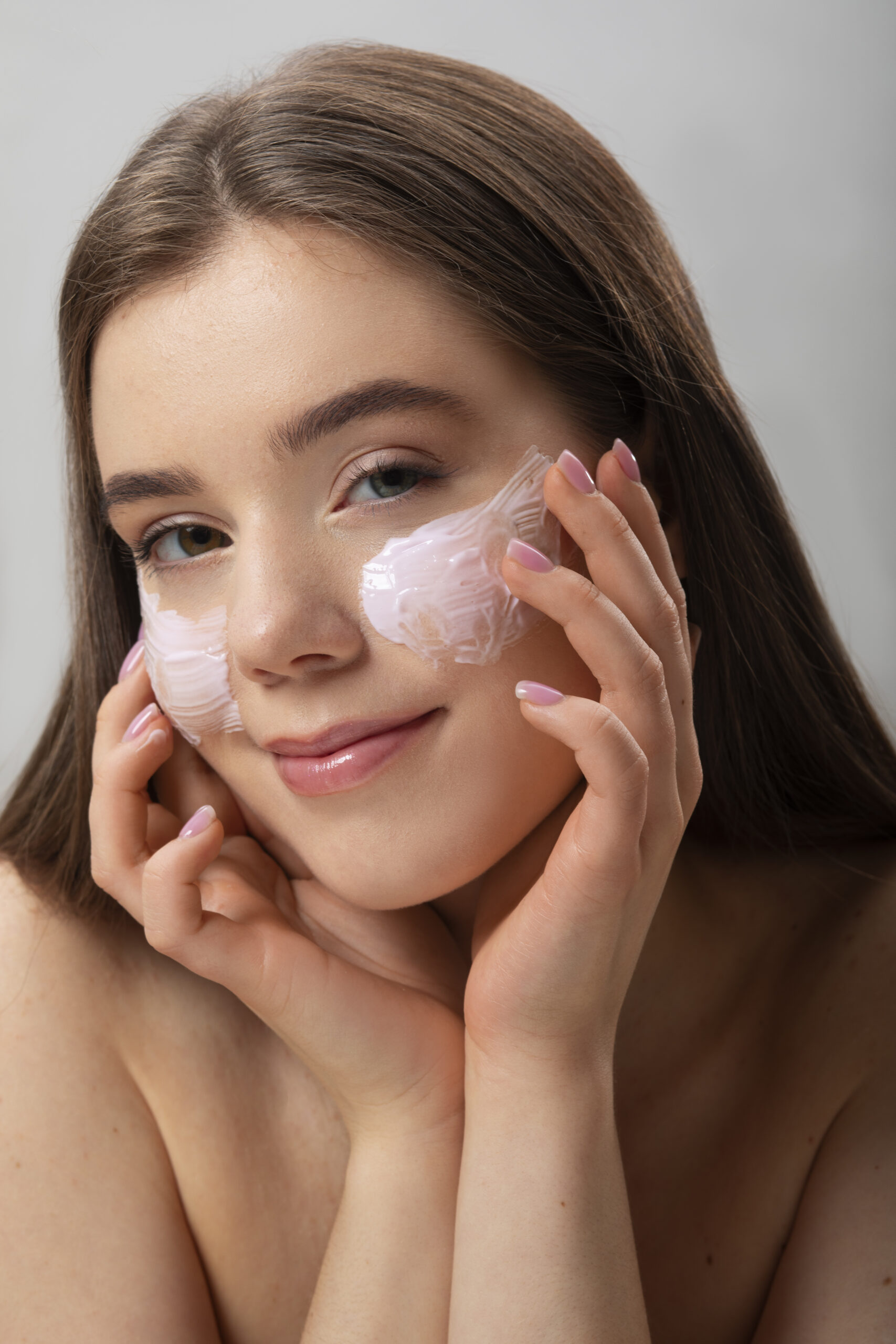Combination skin can be a puzzle to manage. With an oily T-zone and drier cheeks, finding the right skincare routine can feel like a juggling act. But fear not, as achieving a harmonious balance between oil control and hydration is possible. In this comprehensive 2000-word guide, we will explore the best practices for caring for combination skin, from essential daily steps to advanced techniques that will help you maintain a radiant and even complexion.
Understanding Combination Skin
Picture Courtesy: Freepik
Before we dive into the skincare routine, let’s gain a better understanding of what combination skin entails:
1. Oily T-Zone: Combination skin typically exhibits excess oiliness in the T-zone, which includes the forehead, nose, and chin. These areas often have larger pores and are prone to breakouts.
2. Dry or Normal Cheeks: In contrast, the cheeks may have normal to dry skin and can sometimes feel tight or flaky.
3. Potential Sensitivity: Combination skin can also be sensitive, making it important to choose products that won’t exacerbate these sensitivities.
4. Variable Needs: Combination skin requires a skincare routine that addresses both oily and dry areas simultaneously.
Now, let’s explore the ideal skincare routine for managing combination skin and achieving balance.
Morning Skincare Routine for Combination Skin
1. Gentle Cleansing
Start your morning skincare routine with a gentle, sulfate-free cleanser suitable for all skin types. Cleansing helps remove any impurities, excess oil, and sweat that may have accumulated overnight. Gently massage the cleanser onto your face in circular motions, then rinse thoroughly with lukewarm water.
Picture Courtesy: Freepik
2. Toning (Optional)
Toning is generally not essential for combination skin, but if you prefer to use a toner, opt for one that is alcohol-free and balances the skin’s pH. Apply it to a cotton pad and gently swipe it over your face, avoiding the eye area.
3. Hydrating Serum
Serums are concentrated products that can provide targeted benefits to your skin. For combination skin, choose a hydrating serum containing ingredients like hyaluronic acid or glycerin to lock in moisture. Apply a small amount of serum to your entire face and neck, patting it in until absorbed.
Picture Courtesy: Unsplash
4. Lightweight Moisturizer
Select a lightweight, non-comedogenic (won’t clog pores) moisturizer that is suitable for all skin types. Apply it evenly to your entire face and neck. Pay special attention to the drier areas while avoiding overapplication to the T-zone.
5. Sunscreen
Sunscreen is a must for all skin types, including combination skin. Opt for a broad-spectrum sunscreen with an SPF of 30 or higher to protect your skin from UV damage. Apply it generously, even on cloudy days, and reapply every two hours if you’ll be outdoors.
Picture Courtesy: Unsplash
Evening Skincare Routine for Combination Skin
1. Makeup Removal
If you wear makeup, start your evening routine by thoroughly removing it. Use a gentle makeup remover or micellar water to dissolve makeup, followed by a second cleanse with your regular gentle cleanser.
2. Cleansing
Follow up with your cleanser to ensure your skin is clean before applying your nighttime products. Cleansing helps remove any remaining impurities and prepares your skin for the next steps.
3. Hydrating Serum
In the evening, continue using a hydrating serum as in your morning routine. This helps maintain skin hydration and balance throughout the night.
Picture Courtesy: Unsplash
4. Lightweight Moisturizer
Apply the same lightweight, non-comedogenic moisturizer from your morning routine. Ensure you evenly distribute it across your face and neck, focusing on dry areas while being mindful of the T-zone.
5. Occasional Masks (1-2 Times a Week)
Treat your skin to a mask once or twice a week, depending on your skin’s needs. Options include clay masks to control oil in the T-zone, hydrating masks for the cheeks, or masks containing antioxidants for overall skin health.
Picture Courtesy: Freepik
Advanced Skincare Tips for Combination Skin
1. Exfoliation (1-2 Times a Week)
Exfoliation is essential for removing dead skin cells and maintaining skin balance. Use a mild exfoliant with alpha hydroxy acids (AHAs) or beta hydroxy acids (BHAs) once or twice a week. Focus on the T-zone while being gentle on the drier areas.
2. Spot Treatments (As Needed)
If you have active breakouts or areas of excessive oiliness, use targeted spot treatments containing ingredients like salicylic acid or benzoyl peroxide. Apply them only to the affected areas.
Picture Courtesy: Freepik
3. Adjustments for Seasonal Changes
Modify your skincare routine according to seasonal changes. During warmer months, you may need to use lighter products in the T-zone and hydrating products on the cheeks. In colder months, consider using richer moisturizers to combat dryness.
4. Consult a Dermatologist
If you have specific skin concerns, persistent breakouts, or sensitivities, consult a dermatologist. They can recommend personalized products or treatments to address your unique skin challenges.
Balancing combination skin may require a bit of trial and error, but with the right skincare routine and product selection, you can achieve harmony between the oilier and drier areas of your face. Consistency is key, and it’s important to adapt your skincare routine to your skin’s changing needs, particularly with seasonal variations. If you encounter persistent issues or have specific concerns, don’t hesitate to consult a dermatologist for personalized guidance and solutions. With proper care and attention, you can enjoy balanced and beautiful skin that defies the challenges of combination skin.

Shiwani Jaiswal is a literature graduate with an innate passion for creativity and an unwavering love for style. She curates a unique narrative that bridges classic elegance and contemporary trends. Her perceptive insights and knack for uncovering hidden gems in the fashion landscape make her a sought-after voice. From haute couture to street fashion, Jaiswal’s articles promise an engaging exploration of diverse styles, along with a glimpse into the cultural influences that shape our wardrobes. Let us embark on a sartorial journey with Jaiswal as she paints the vivid tapestry of fashion’s ever-evolving realm.













